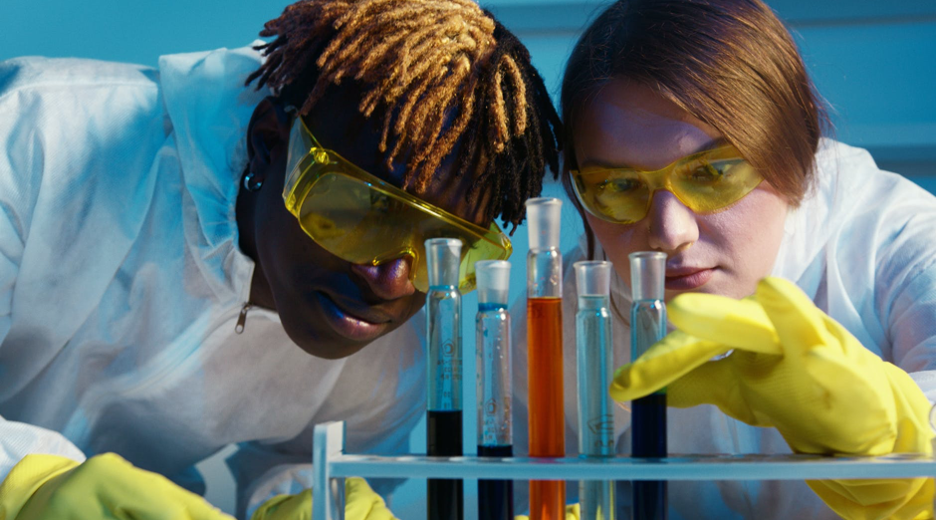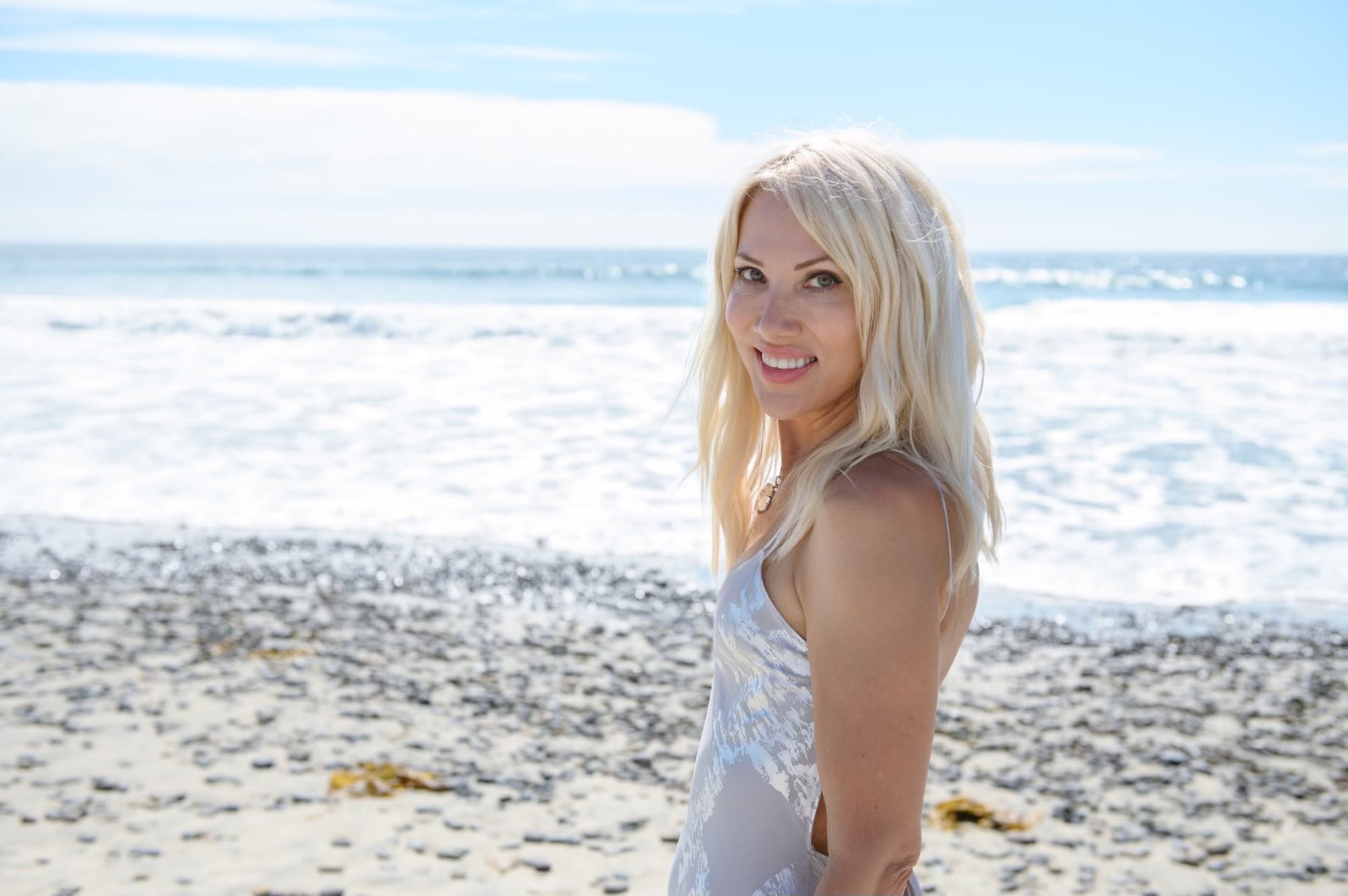

· By Rashelle Black
"Natural Flavors"
"Natural Flavors" If it's made in a laboratory by a scientist, there is nothing natural about it!!

Photo by Artem Podrez on Pexels.com
I love the recent story in TIME magazine on Natural Flavors, it happens to be one of my biggest concerns regarding our right as a consumer to know what is in my food. The Food and Drug Administration has very strict guidelines on labeling laws in order to protect the subject. But this happens to be a nice big loophole where they happen to look the other way........
Below is a synopsis with my added comments. The original article is very interesting and can be read in it's entirety HERE
Research has shown that when “natural” appears on food packaging, people tend to form positive opinions about the product, including how healthy it is.
However, since the FDA hasn’t officially defined this term, (even though it is clearly defined in every dictionary) it can be used to describe almost any type of food.
natural: existing in nature and not made or caused by people: coming from nature. : not having any extra substances or chemicals added. : not containing anything artificial. : usually or expected. *http://www.merriam-webster.com
In the case of a natural flavor, the original source must be a plant or animal. (But....it does not stay in that original form, It is then chemically altered and manipulated in a lab by scientist and the shocking thing is, no matter what is in this so called natural flavor, it does not need to be declared on the package of the food you are consuming. Which bared the question, " Is the FDA really taking care of of the public, or are they simply another part of money making politics that look the other way" ?).
Ingredients created by food companies flavor what Americans eat each day—everything from juice drinks and potato chips to ice cream and canned soups. They give Cheetos their addictive cheesy taste and help distinguish Jolly Ranchers from other fruit-flavored candies.
But the organization responsible for the safety of most “natural” and “artificial” flavors that end up in foods and beverages isn’t part of the U.S. government. Rather, the Flavor and Extract Manufacturers Association—a secretive food industry trade group that has no in-house employees, no office of its own and a minuscule budget—serves as the de-facto regulator of the nation’s flavor additives.
The trade association, which operates with the U.S. Food and Drug Administration’s blessing, says that it makes research on the safety of various flavors available for public inspection.
But most Americans know as little about the decidedly low-profile Flavor and Extract Manufacturers Association and its safety assessments as they do about the more than 2,700 flavoring chemicals it has declared safe during the past five decades. (HOLY MOLY! 2700 CHEMICALS? And they don't have to list any of them. So is Natural Flavors a trademark? A term? Sounds like a marketing trick!)
Moreover, public interest groups say the FDA’s recent response to a Freedom of Information Act request suggests that even the government may be blind to the science behind many of those flavors. (I personally have a hard time believing the government is blind. Anyone who has tried to get an approval of the FDA knows that there is nothing easy about it. More importantly, mislabeling and or misleading consumers is exactly what the FD contain regulates and considering how many foods contain "Natural Flavors" why wouldn't the FDA be concerned about what is in it?).
Much is at stake: The flavor industry’s system of self-policing helps it avoid government oversight, potentially saving companies significant amounts of time and money. In Europe, by contrast, companies must have their flavors and other ingredients reviewed for safety by an independent agency funded by the European Union.
The flavor industry makes its safety evaluations “behind closed doors” and then asks consumers to trust them, said Caroline Cox, research director for the Center for Environmental Health. “We just have enough experience with all kinds of toxic chemicals to know not to want to trust an evaluation if someone says, ‘Trust us, it’s all OK.’”
“There is some real need for reform here,” Rep. Chellie Pingree, D-Maine, who serves on a subcommittee that oversees the FDA, said in an emailed statement. “We can do better than just letting the flavor industry decide for themselves which chemicals they can put in food without any oversight.” (Or declaring it to the person putting it in their body)!
Industry officials say flavors used in food sold in the United States are safe, pointing out that they pose very little health risk because they are used in such small doses. (So the only difference between a food additive and poison is dose? What if I eat a lot? Is there a warning required?).
The companies that make up the flavor industry—including international manufacturers such as Givaudan, Firmenich and Sensient—are not household names. But they make their money by selling flavors to big food companies such as Kellogg, Kraft and Nestlé.
Last year, Switzerland-based Givaudan reported 4.4 billion Swiss francs (roughly $4.8 billion) in sales of flavor ingredients. The company leads the industry with about 25 percent of the global market share in flavors and fragrances.
“The modern processed food industry could not flourish without the flavor industry,” said Kantha Shelke, a food scientist and spokeswoman for the Institute of Food Technologists, a society of food science professionals.
Today, Shelke said, the flavor industry is “big, it’s complicated and it’s sophisticated”—to the point where companies can create a product that tastes like guacamole without even using avocado as an ingredient. The goal, one industry scientist told CBS’ 60 Minutes in 2011, is to develop addictive flavors that consumers “want to go back for again and again. (So they are in the ADDICTION business?).
Shelke says flavor companies don’t like to discuss their flavor compounds, partly because they are worried about scaring “chemophobic” consumers who might be frightened by long, unfriendly-sounding chemical names. (So I shouldn't know what is in my food because I may be frightened? I am laughing at chemical company in charge giving that scenario a psychotic diagnosis, "chemophobic", I thought I was simply eating healthy).
Consumers’ growing unease with chemicals in food has recently led companies to remove some controversial ingredients from their products. Fast food chain Subway, for example, announced last year that it was removing azodicarbonamide from its bread after a popular food blogger revealed that the chemical, used as a dough conditioner, was also used in making yoga mats. (Azodicarbonamide has been banned for consumption by the European Union for over a decade because it causes cancer).
Within the last month, Subway, Taco Bell and Pizza Hut each announced plans to remove artificial colors and flavorings from their products.
By law, flavor ingredients only have to be listed on food labels as “natural” or “artificial”—and rarely do labels volunteer additional information. Natural flavors are derived from plants and animals, while artificial flavors are synthetic chemicals. Both are produced in a laboratory.
The law allows food companies to bypass a lengthy government-led safety review if they can establish that their ingredients are “generally recognized as safe,” or GRAS, for their intended use. (The definition of "generally" in most cases usually. I'm not sure it's a good idea to this associate this term with food, how did this get approved?).
In other words, companies using the so-called GRAS process must demonstrate that there is a consensus among scientific experts that their ingredients are safe.
Companies have the option of involving the FDA in the process, but most ingredient manufacturers choose to make safety determinations without government oversight. (What companies get to do this and which ones don't? Is the FDA protecting us or not)?
0 comments

